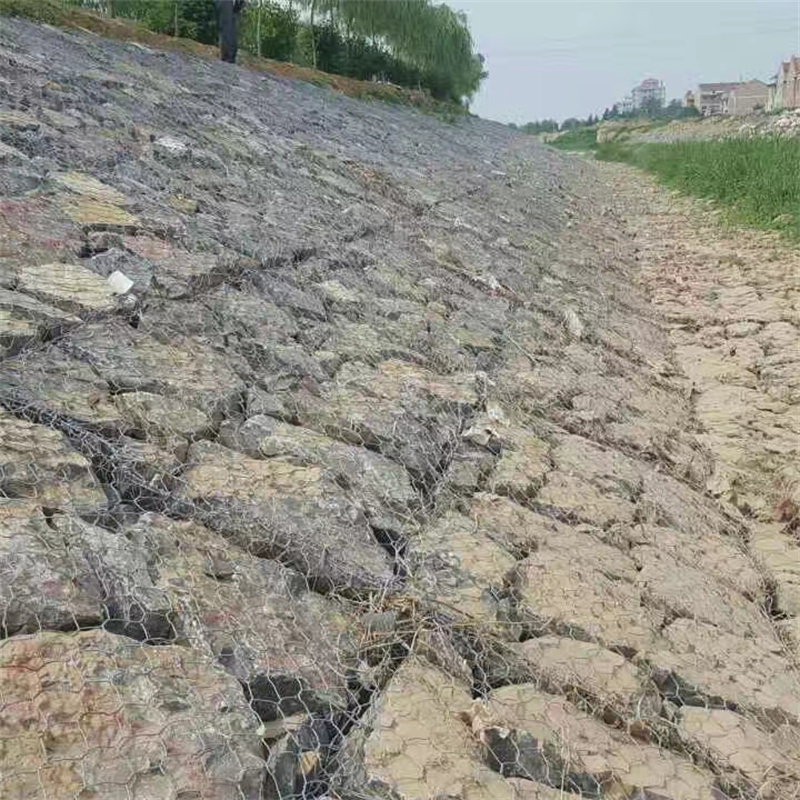નવેમ્બર . 05, 2024 20:00 Back to list
best gabion cage sizes
Best Gabion Cage Sizes Choosing the Right Fit for Your Project
Gabion cages have become increasingly popular in both landscaping and civil engineering due to their versatility and aesthetic appeal. These wire mesh baskets, typically filled with stones or other materials, are used for various applications, including erosion control, retaining walls, and decorative features in gardens and parks. However, selecting the right gabion cage size is crucial for achieving optimal results. In this article, we will discuss the best gabion cage sizes, their applications, and important considerations when choosing a size for your project.
Understanding Gabion Cage Sizes
Gabion cages come in a variety of sizes, which can significantly impact their function and effectiveness in a project. Common sizes range from small (1 cubic meter) to large (6 cubic meters or more) depending on the anticipated load, the area being addressed, and the aesthetic desires of the project. The dimensions typically vary; for instance, a standard size might range from 1 meter in height, 1 meter in width, and 2 meters in length.
Best Sizes for Various Applications
1. Erosion Control For projects focused on preventing soil erosion along riverbanks or slopes, medium-sized gabions (approximately 1m x 1m x 2m) are often the best choice. These sizes provide enough bulk to resist water flow while remaining manageable during installation. Larger sizes may be suitable for more extensive areas where significant erosion is expected.
2. Retaining Walls When utilizing gabions as retaining walls, the size can greatly influence the structure’s stability. Typically, larger gabion cages (2m x 1m x 1m or 2m x 1m x 4m) are preferred. Their increased volume allows them to support more weight and provide better dissipative qualities for lateral earth pressure.
3. Decorative Features In landscaping, smaller gabion cages (often around 0.5m x 0.5m x 1m) can be used to create aesthetically pleasing planters, benches, or garden borders. The smaller sizes allow for creative design and ease of handling, making them suitable for residential projects.
4. Flood Control For flood control measures, larger gabion sizes (up to 3m x 1m x 1m) are often utilized. Their substantial weight and volume can provide significant resistance against floodwaters and help stabilize bank structures during rising water levels.
best gabion cage sizes

Important Considerations
When choosing the size of gabion cages for your project, consider the following factors
1. Site Conditions Assess the specific conditions of your site, such as soil type, gradient, and water flow. Understanding these elements can help you choose the right size that will withstand environmental pressures.
2. Intended Load The weight and volume of materials you intend to place in the gabions will influence size selection. Heavier materials may necessitate larger cages to ensure structural integrity.
3. Aesthetic Preference If the gabions are part of a landscape design, size plays a role in visual impact. Consider how the cages will blend with other elements of your design and what sizes best fit your vision.
4. Installation and Transportation Remember that larger gabions can be more challenging to transport and install. Consider logistics and the potential need for machinery if you opt for larger sizes.
Conclusion
In conclusion, choosing the best gabion cage size is pivotal for the success of any project involving these versatile structures. By considering the application, environmental conditions, and aesthetic requirements, you can select the ideal size that not only meets functional needs but also enhances the overall appearance of your landscape or structural project. With careful planning and consideration of these factors, gabion cages can provide lasting benefits, ensuring both utility and beauty in your chosen application.
-
Visualizing Gabion 3D Integration in Urban Landscapes with Rendering
NewsJul.23,2025
-
The Design and Sustainability of Gabion Wire Mesh Panels
NewsJul.23,2025
-
The Acoustic Performance of Gabion Sound Barriers in Urban Environments
NewsJul.23,2025
-
Mastering the Installation of Galvanized Gabion Structures
NewsJul.23,2025
-
Gabion Boxes: Pioneering Sustainable Infrastructure Across the Globe
NewsJul.23,2025
-
Custom PVC Coated Gabion Boxes for Aesthetic Excellence
NewsJul.23,2025
-
Installation Tips for Gabion Wire Baskets in Erosion Control Projects
NewsJul.21,2025






